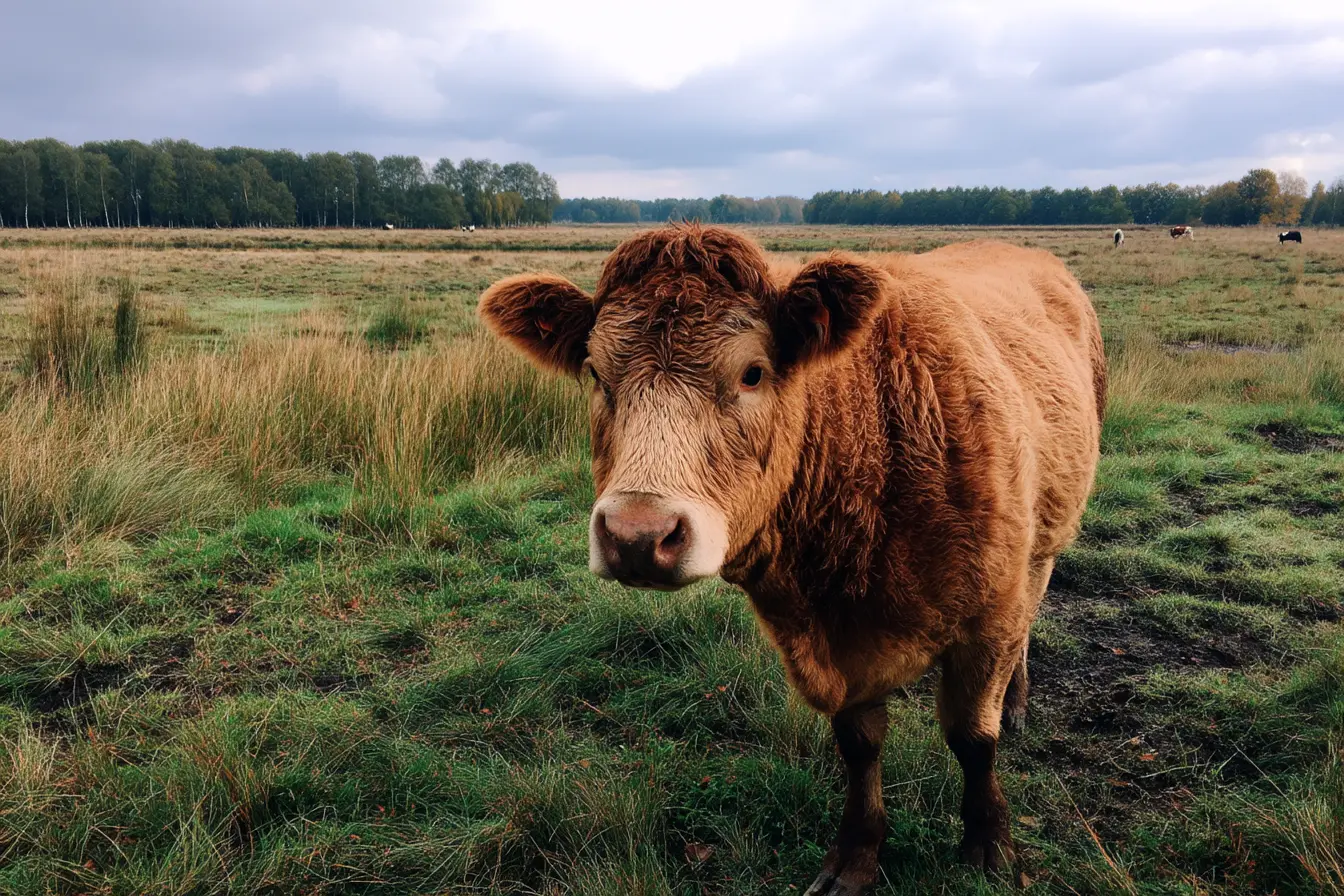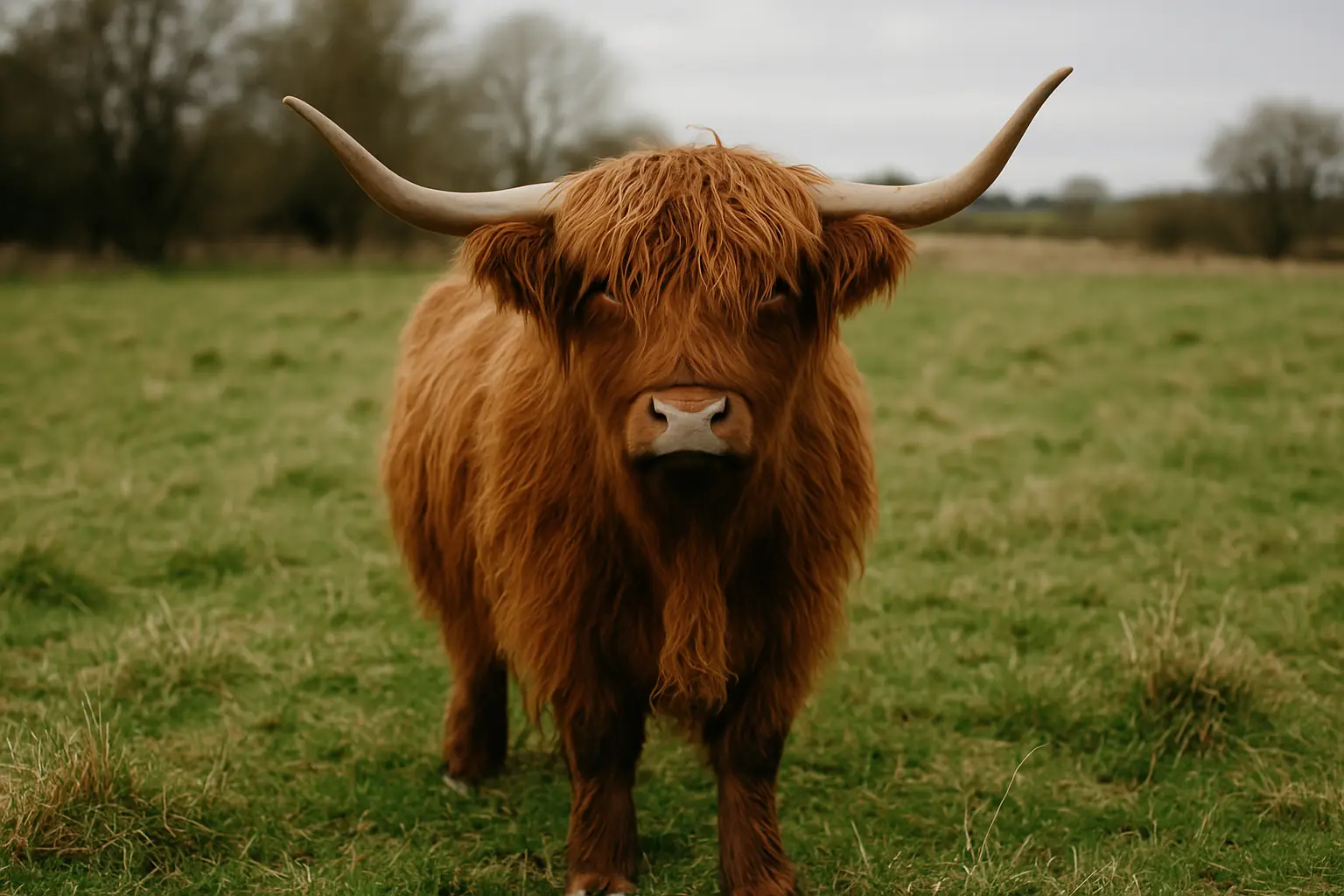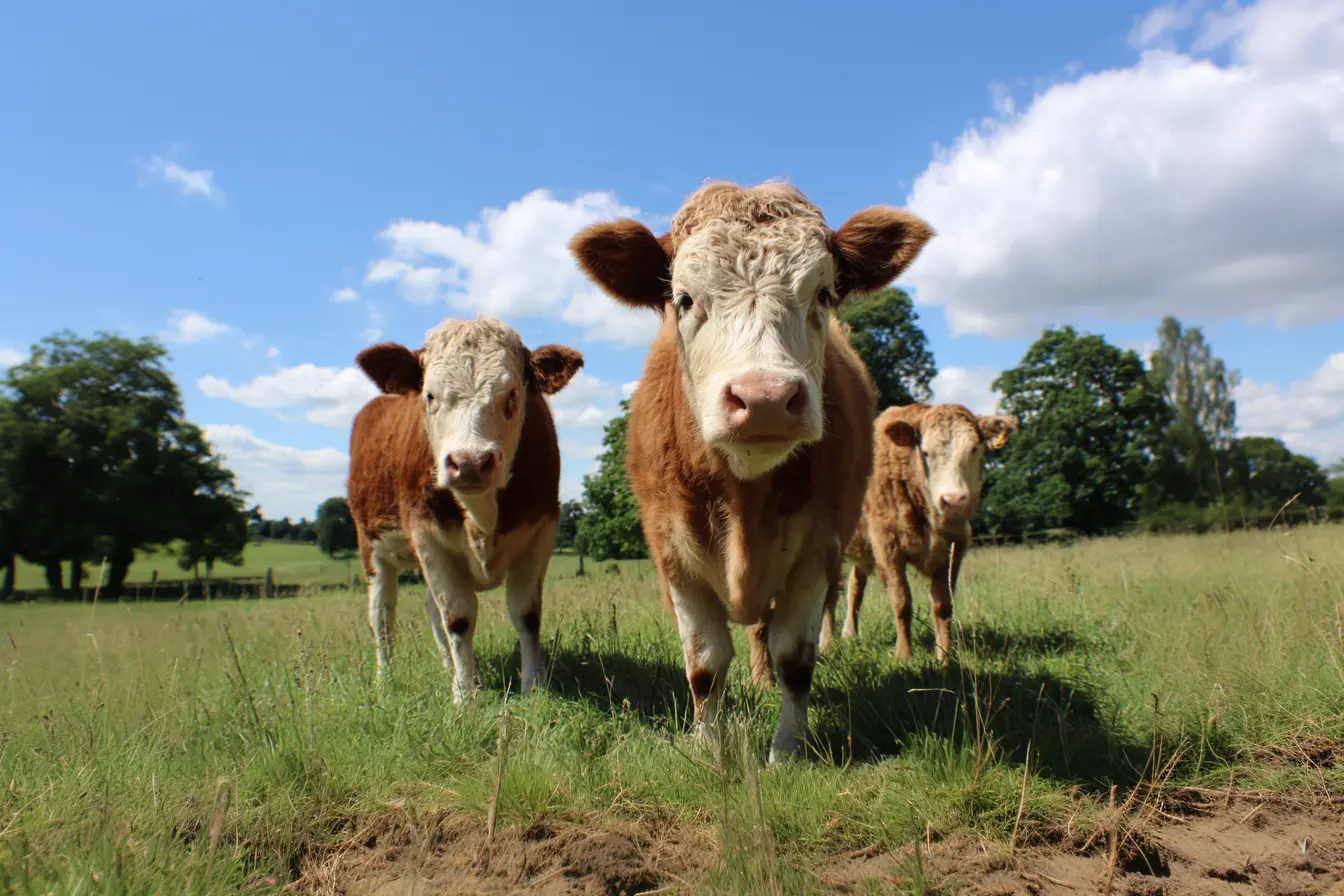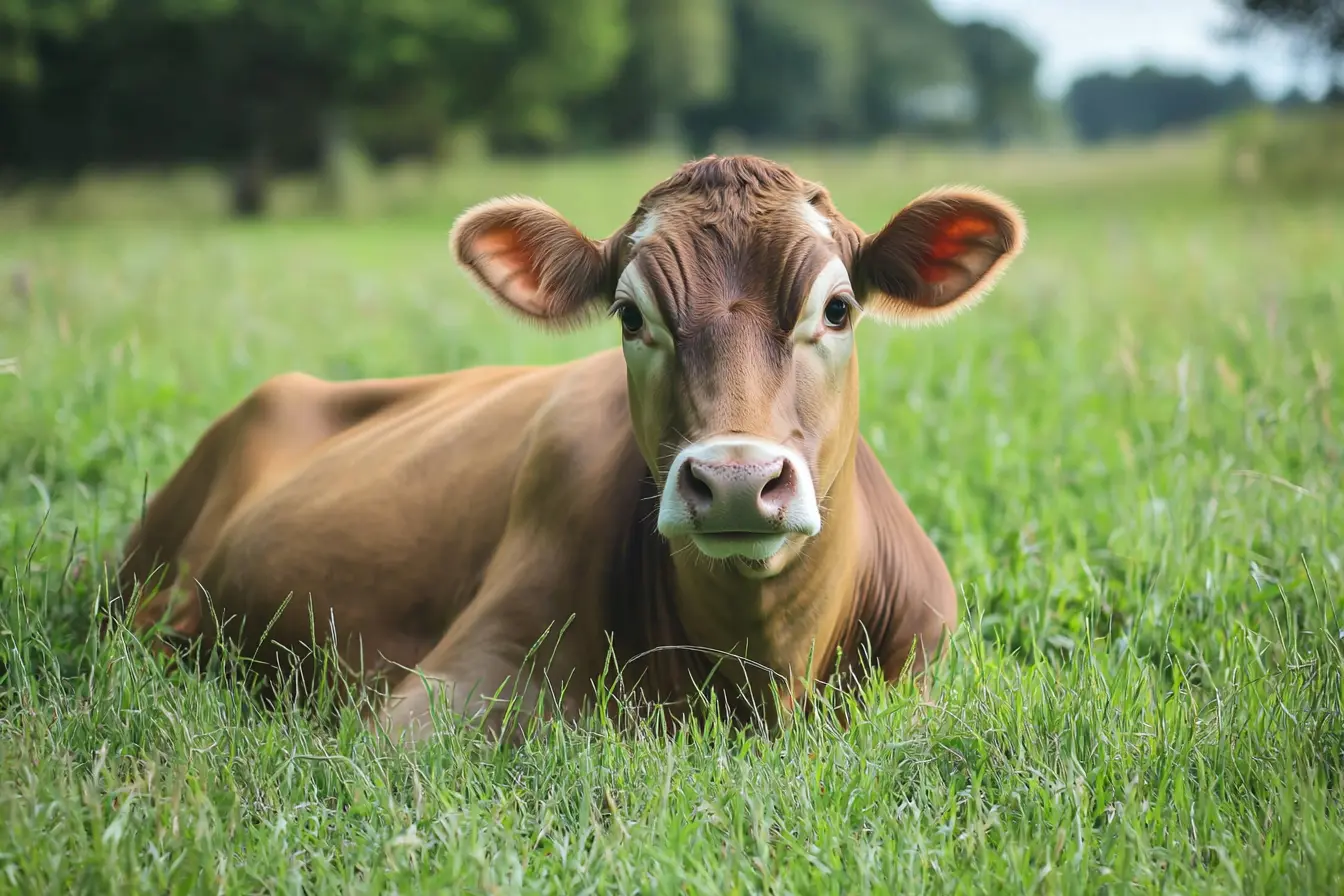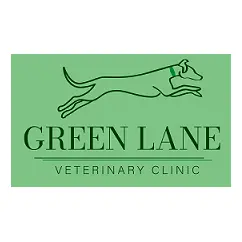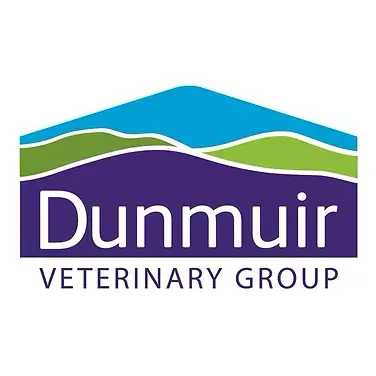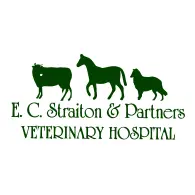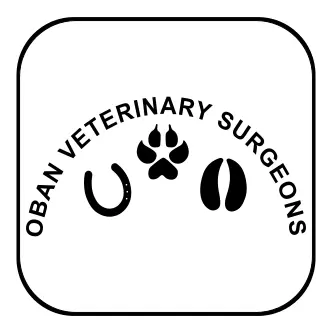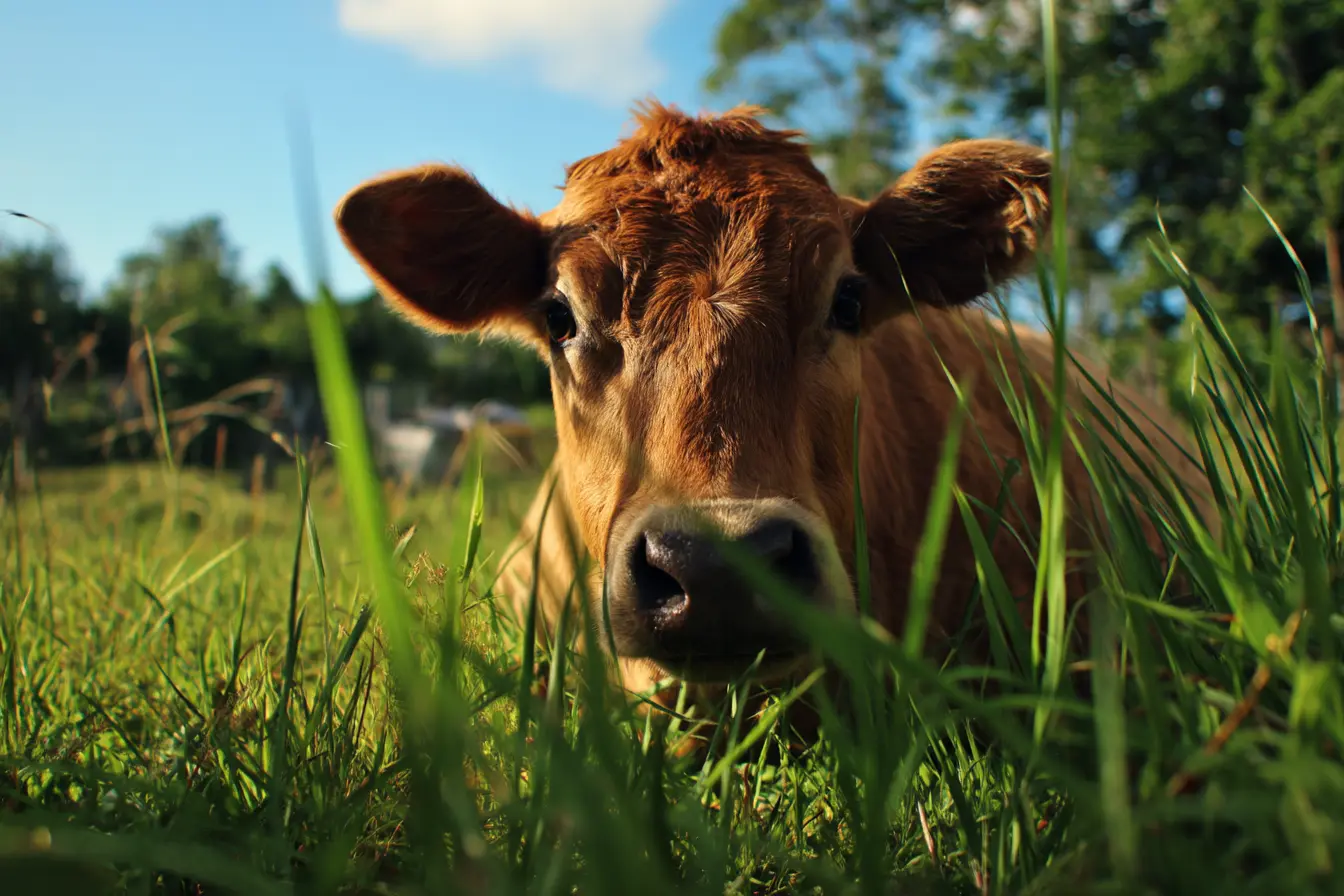
A Guide to Common Illnesses in Cattle and Symptoms to Watch For
Cattle are resilient animals, but like all livestock, they can fall ill. As a cattle owner, it’s important to recognise the signs of common illnesses and know when to take action. Early intervention can make a big difference in preventing serious health issues and protecting the productivity of your herd. Below is a guide to common cattle illnesses, their symptoms, and the steps you should take to care for your cattle.
Bovine Respiratory Disease (BRD)
Symptoms to Watch For
- Coughing
- Nasal discharge
- Laboured breathing
- Fever
- Lethargy
- Loss of appetite
Action
BRD, also known as pneumonia, is a leading cause of illness in cattle, especially in calves. It can be caused by viruses, bacteria, or environmental stressors. Ensure cattle have proper ventilation and minimise stress during handling and transport. If you notice symptoms, isolate the affected animal and contact your vet for appropriate treatment, which may include antibiotics and anti-inflammatory medication.
Bloat
Symptoms to Watch For
- Distended abdomen (especially on the left side)
- Restlessness
- Difficulty breathing
- Drooling
- Sudden collapse
Action
Bloat occurs when gas builds up in the rumen and cannot be released. It can be life-threatening if not treated promptly. Avoid sudden changes in diet, especially introducing lush pastures or grains too quickly. If you suspect bloat, act immediately by encouraging the animal to move around and gently massaging their left side. In severe cases, your vet may need to relieve the pressure using a stomach tube or in more extreme cases, a trocar and cannula. Prevention is key — manage grazing and feed carefully, and provide access to fibre to help balance the diet.
Mastitis
Symptoms to Watch For
- Swollen, hard, or hot udder
- Pain or reluctance to be milked
- Discoloured or clotted milk
- Fever
- Loss of appetite
Action
Mastitis is an infection of the udder and can severely impact milk production. Good hygiene during milking is essential to prevent it. If you notice signs of mastitis, isolate the affected cow and contact your vet. Treatment usually involves antibiotics and anti-inflammatory medication. Regularly check the udders of lactating cows and ensure their bedding is clean and dry.
Johne’s Disease
Symptoms to Watch For
- Chronic diarrhoea
- Weight loss despite normal appetite
- Decreased milk production
- Poor body condition
Action
Johne’s disease is a bacterial infection that affects the digestive system and is typically fatal. There is no cure, so prevention is crucial. Regular testing of your herd and culling infected animals can help control the spread. Keep young calves away from adult faeces, and ensure good sanitation practices to reduce transmission.
Lameness (Foot Rot and Digital Dermatitis)
Symptoms to Watch For
- Limping or reluctance to walk
- Swelling of the hoof or leg
- Foul smell from the hoof
- Red or inflamed tissue between the toes
Action
Lameness can be caused by several issues, including foot rot and digital dermatitis. Regular hoof trimming and maintaining clean, dry conditions can help prevent lameness. If you notice signs of infection, clean the affected hoof and apply an appropriate topical treatment. Severe cases may require antibiotics, so contact your vet if the condition doesn’t improve.
Scours (Diarrhoea in Calves)
Symptoms to Watch For
- Loose, watery stools
- Dehydration
- Weakness
- Weight loss
- Sunken eyes
Action
Scours can be caused by bacterial, viral, or parasitic infections, as well as poor nutrition or stress. Calves with scours are at risk of severe dehydration, which can be fatal. Provide electrolytes to help rehydrate the calf, and isolate affected animals to prevent the spread of infection. Consult your vet to determine the cause and appropriate treatment.
Bovine Viral Diarrhoea (BVD)
Symptoms to Watch For
- Fever
- Nasal discharge
- Diarrhoea
- Reduced milk production
- Abortions or birth defects in pregnant cows
Action
BVD is a viral disease that can have serious economic impacts on your herd. Vaccination is the best prevention. Regular testing for persistently infected (PI) animals is essential, as they can spread the disease to others. If you suspect BVD, contact your vet for advice on managing the outbreak and implementing a vaccination programme.
Blackleg
Symptoms to Watch For
- Sudden death (often without prior symptoms)
- Swelling in muscles (usually around the shoulder or leg)
- Fever
- Lameness
Action
Blackleg is a fatal bacterial disease caused by Clostridium bacteria found in soil. It can affect young cattle, particularly those grazing in fields with disturbed soil. Vaccination is the best prevention. If blackleg is suspected, contact your vet immediately. Remove carcasses promptly and disinfect the area to prevent further cases.
Pink Eye (Infectious Bovine Keratoconjunctivitis)
Symptoms to Watch For
- Red, swollen eyes
- Watery or cloudy eyes
- Sensitivity to light
- Eye ulcers
Action
Pink eye is a contagious bacterial infection that can cause blindness if left untreated. Flies and dust can contribute to the spread of pink eye. Isolate affected animals, and treat with antibiotic eye ointments or injections as prescribed by your vet. Reducing flies and keeping housing clean can help prevent outbreaks.
Milk Fever (Hypocalcaemia)
Symptoms to Watch For
- Muscle tremors
- Weakness or collapse
- Cold ears
- Inability to stand
- Reduced milk production
Action
Milk fever occurs when calcium levels drop, usually around calving. It’s a serious condition that requires immediate veterinary attention. Treatment involves calcium supplementation, typically through intravenous or subcutaneous injections. To prevent milk fever, ensure cows have a balanced diet before calving, with proper calcium and magnesium levels.
Bovine Tuberculosis (bTB)
Symptoms to Watch For
- Persistent cough
- Laboured breathing
- Swollen lymph nodes
- Weight loss despite normal appetite
- Weakness and general poor condition
- Occasional nasal discharge
Action
Bovine Tuberculosis (bTB) is a chronic bacterial disease caused by Mycobacterium bovis*, which can affect cattle and other animals, including humans. It often develops slowly, and infected cattle may not show obvious symptoms in the early stages. The disease is primarily spread through respiratory secretions, contaminated feed, water, and direct contact with infected animals.
Since bTB is a notifiable disease in many countries, any suspicion should be reported to veterinary authorities immediately. Control measures include routine testing, culling of infected animals, and strict biosecurity protocols to prevent its spread. There is no effective treatment for bTB in cattle, so prevention through good management practices and regular surveillance is essential.
General Health Management Tips for Cattle
- Regular Health Checks: Monitor your cattle daily for signs of illness or unusual behaviour. Early detection is crucial for effective treatment.
- Vaccination Programme: Work with your vet to establish a vaccination schedule to protect your herd from preventable diseases.
- Clean Environment: Keep cattle housing clean and dry to reduce the risk of infections. Ensure pastures are not overgrazed or muddy.
- Balanced Diet: Provide cattle with a balanced diet that meets their nutritional needs. Pay special attention to mineral intake, particularly calcium and magnesium.
- Good Biosecurity: Minimise the risk of introducing diseases by isolating new cattle, limiting visitors, and disinfecting equipment regularly.
- Record Keeping: Maintain detailed records of vaccinations, treatments, and any health issues for each animal in your herd.
When to Call the Vet
It’s important to know when to seek veterinary advice. Call your vet immediately if your cattle show any of the following signs:
- Difficulty breathing
- Sudden collapse or severe lethargy
- Inability to stand
- Persistent diarrhoea or scours
- Signs of neurological issues, such as head pressing or seizures
- Severe lameness or swelling
- Any unusual behaviour or sudden drop in milk production
By understanding the common illnesses in cattle and taking prompt action when symptoms arise, you can ensure the health and productivity of your herd. Prevention and early intervention are key to keeping your cattle healthy and thriving. Always consult with a vet if you are unsure about any symptoms or concerns.
Contents
- Bovine Respiratory Disease (BRD)
- Bloat
- Mastitis
- Johne’s Disease
- Lameness (Foot Rot and Digital Dermatitis)
- Scours (Diarrhoea in Calves)
- Bovine Viral Diarrhoea (BVD)
- Blackleg
- Pink Eye (Infectious Bovine Keratoconjunctivitis)
- Milk Fever (Hypocalcaemia)
- Bovine Tuberculosis (bTB)
- General Health Management Tips for Cattle
- When to Call the Vet
Tags
Related Vets
Vets near you
Speciality vets
- Aquatics vet specialists
- Birds vet specialists
- Camelids vet specialists
- Cats vet specialists
- Cattle vet specialists
- Deer vet specialists
- Dogs vet specialists
- Equines vet specialists
- Exotic vet specialists
- Goats vet specialists
- Pigs vet specialists
- Poultry vet specialists
- Sheep vet specialists
- Small Mammals vet specialists
- Wild vet specialists
